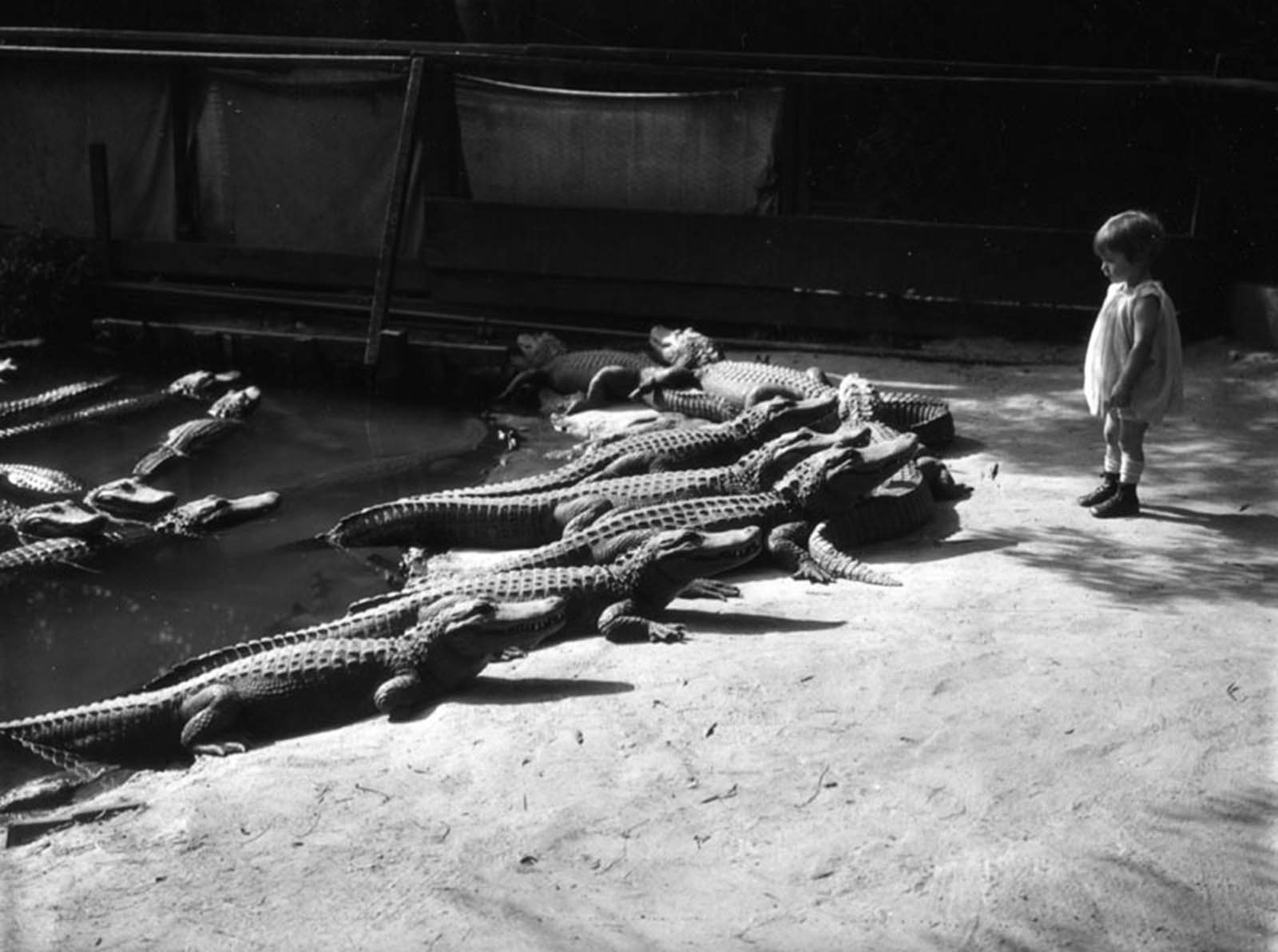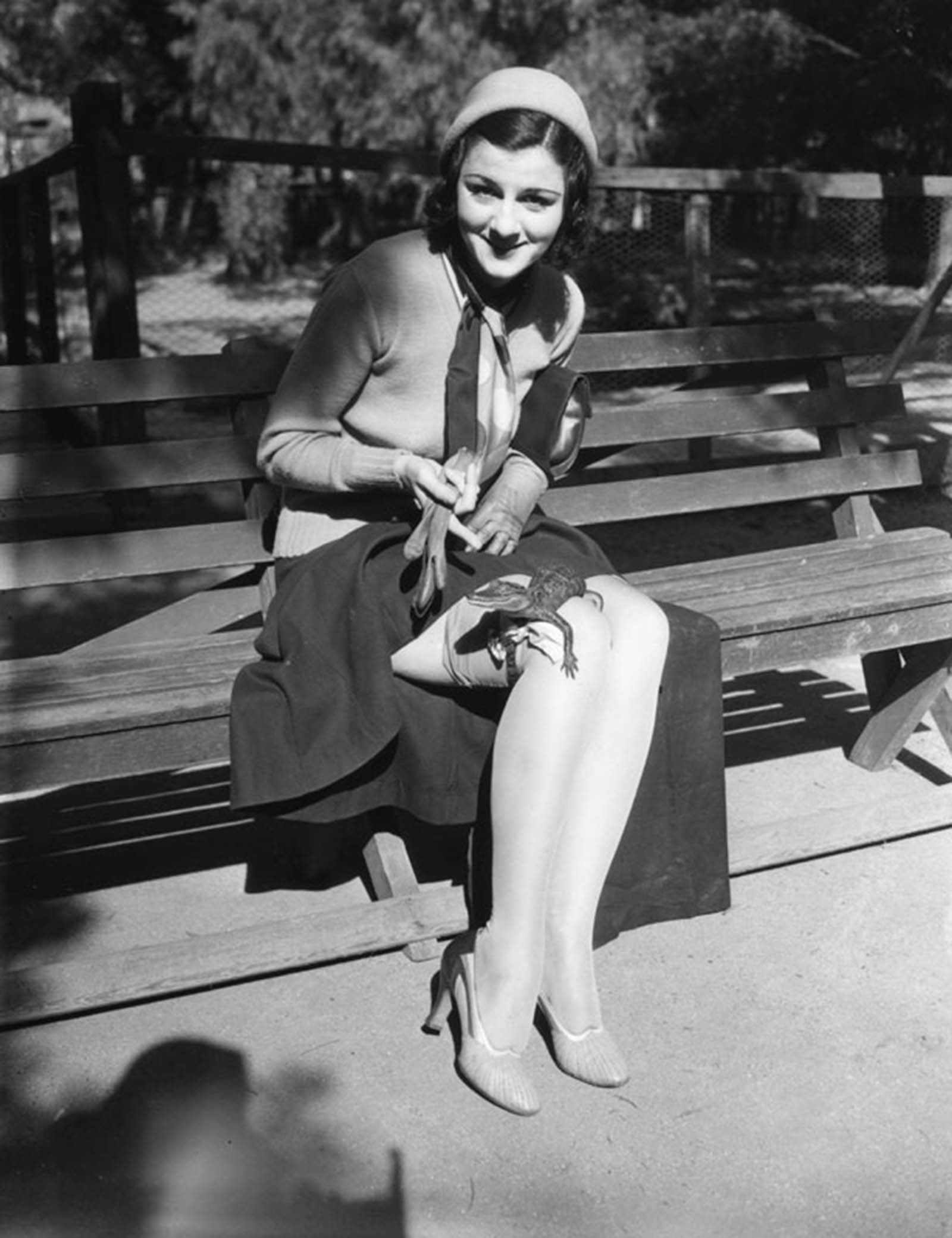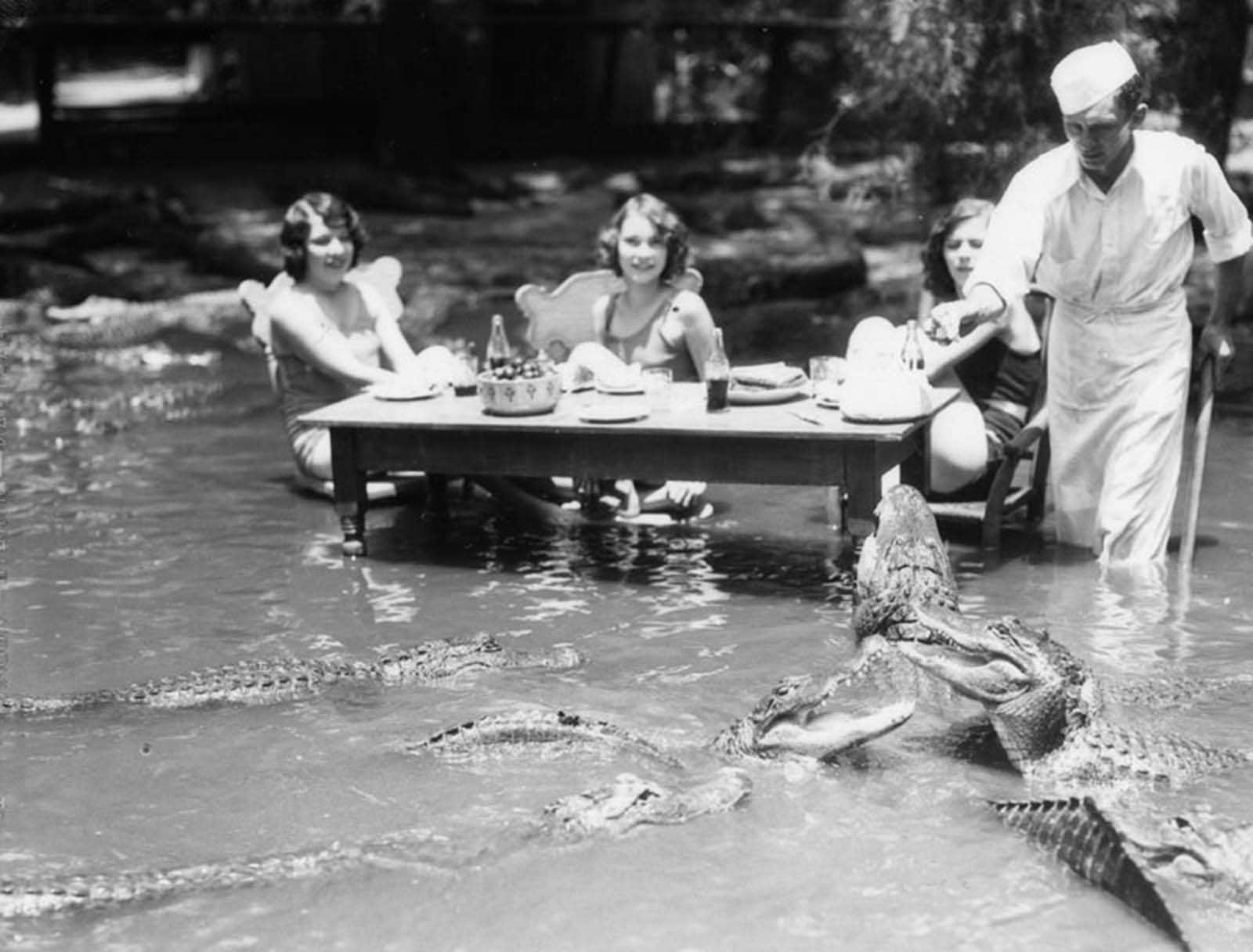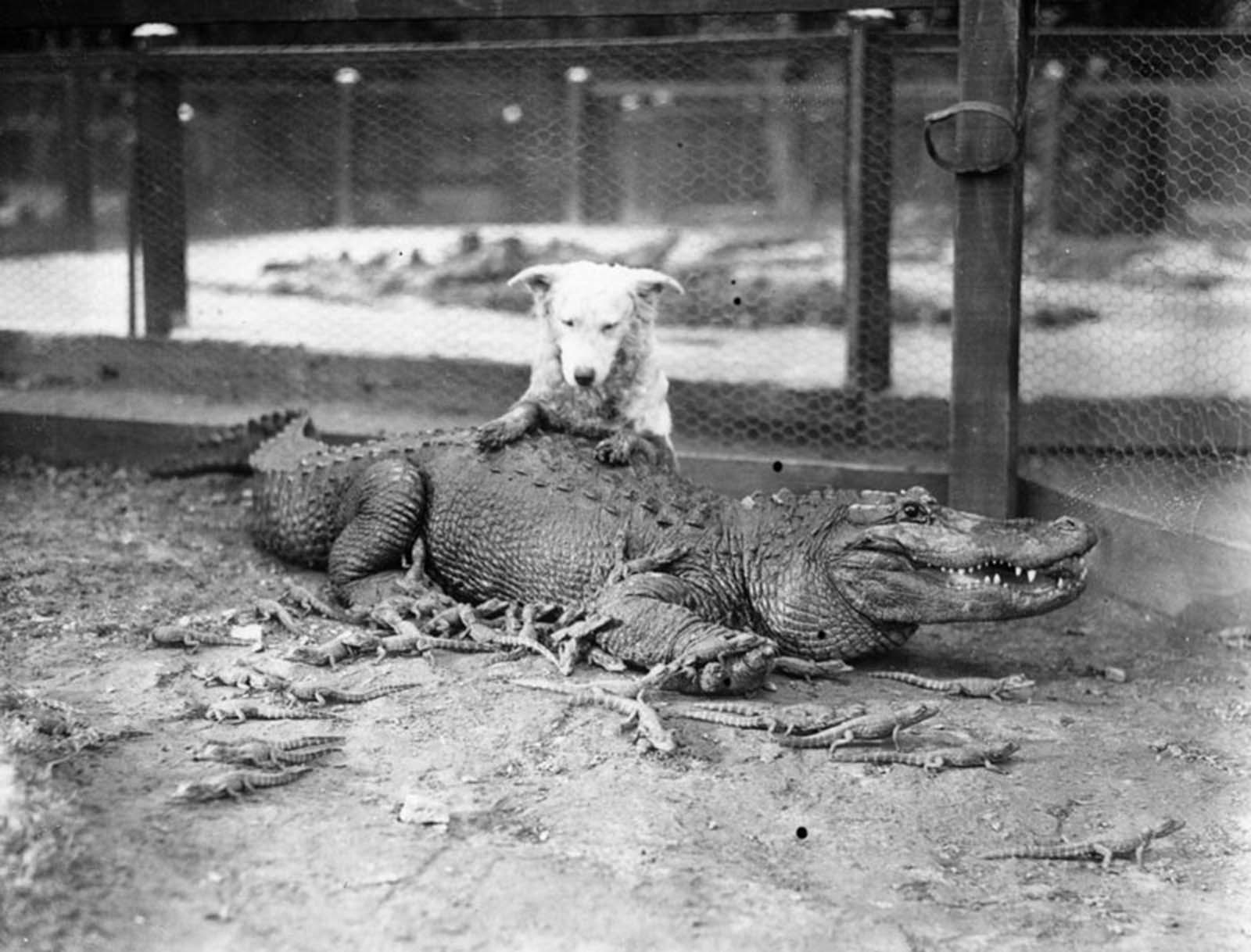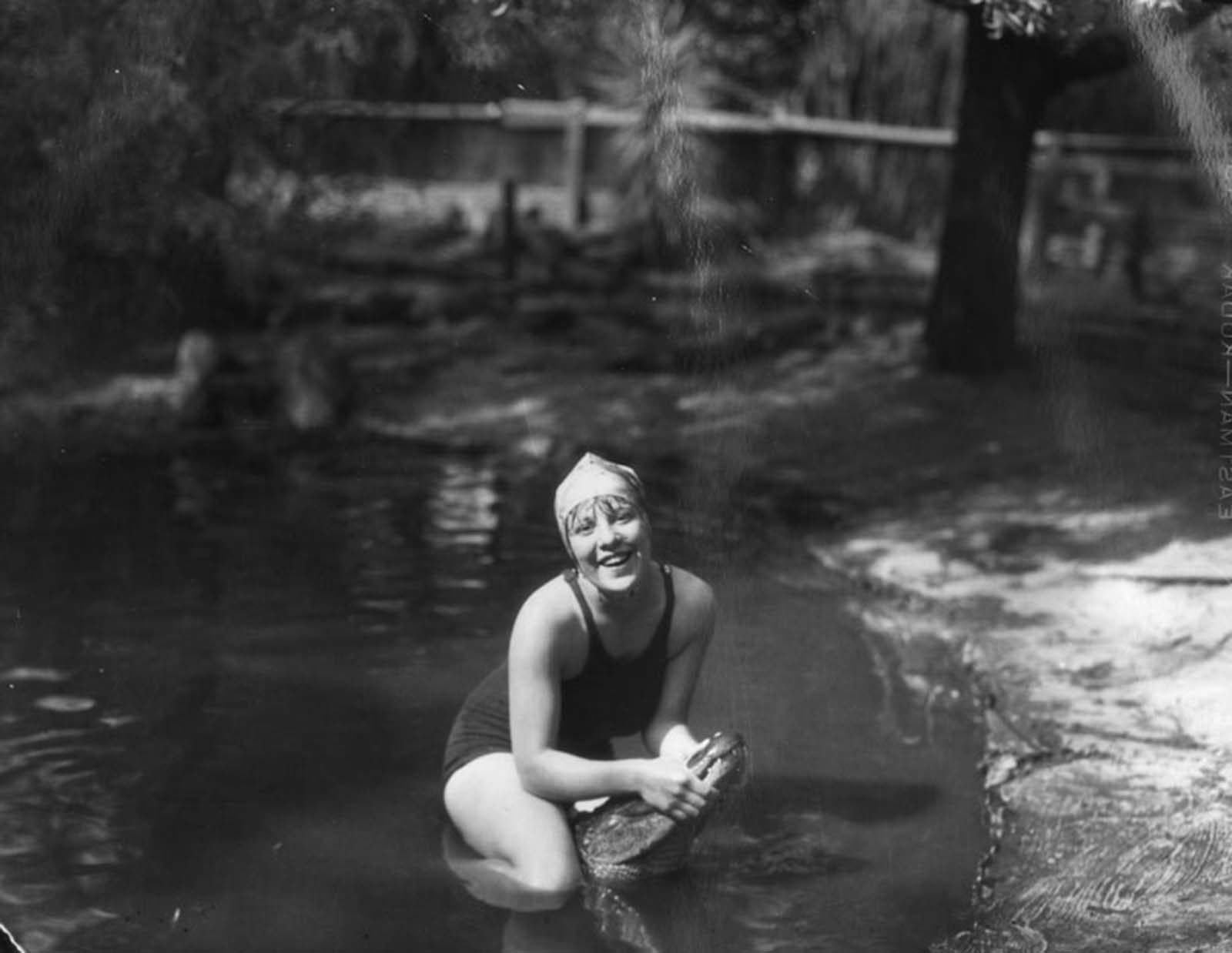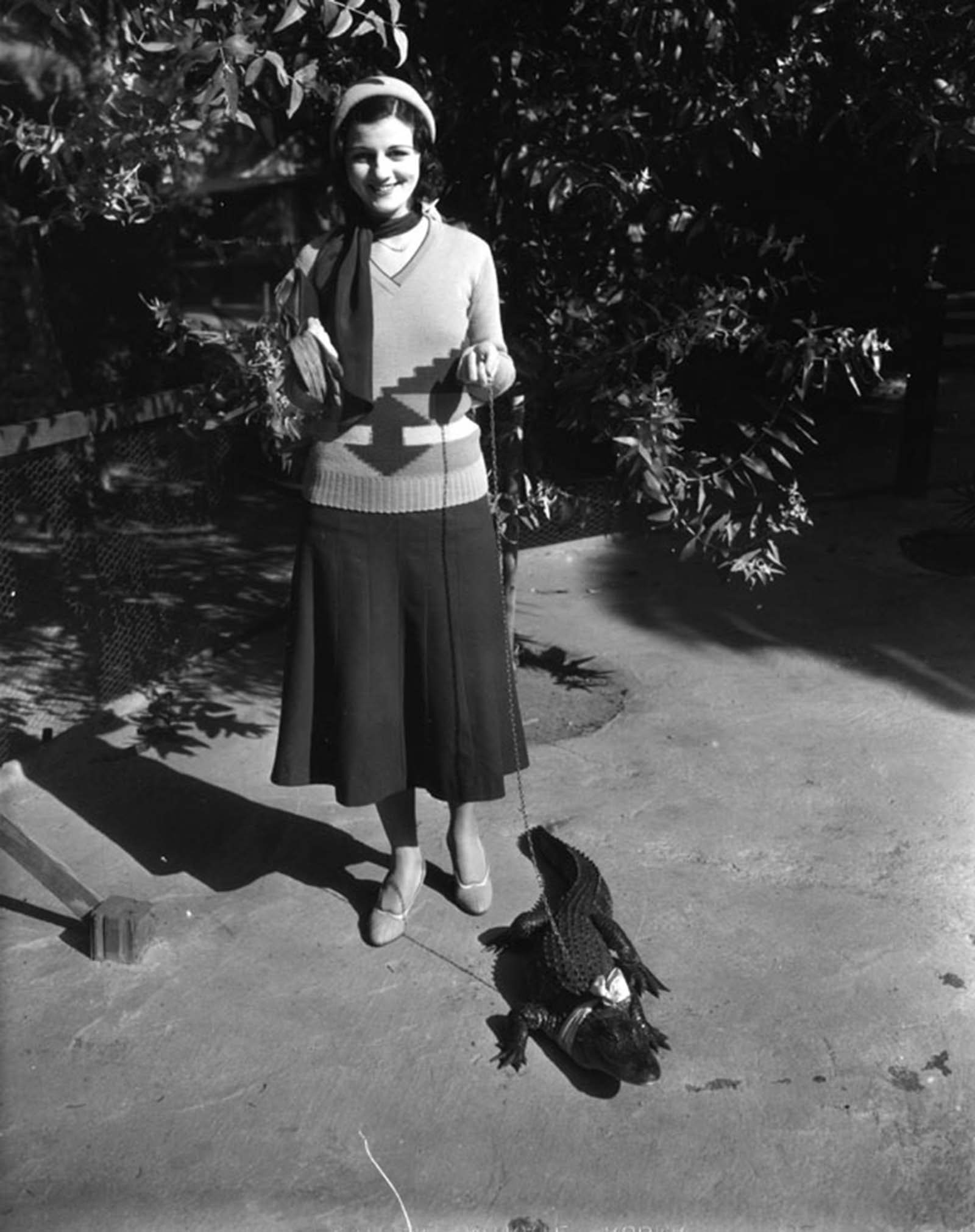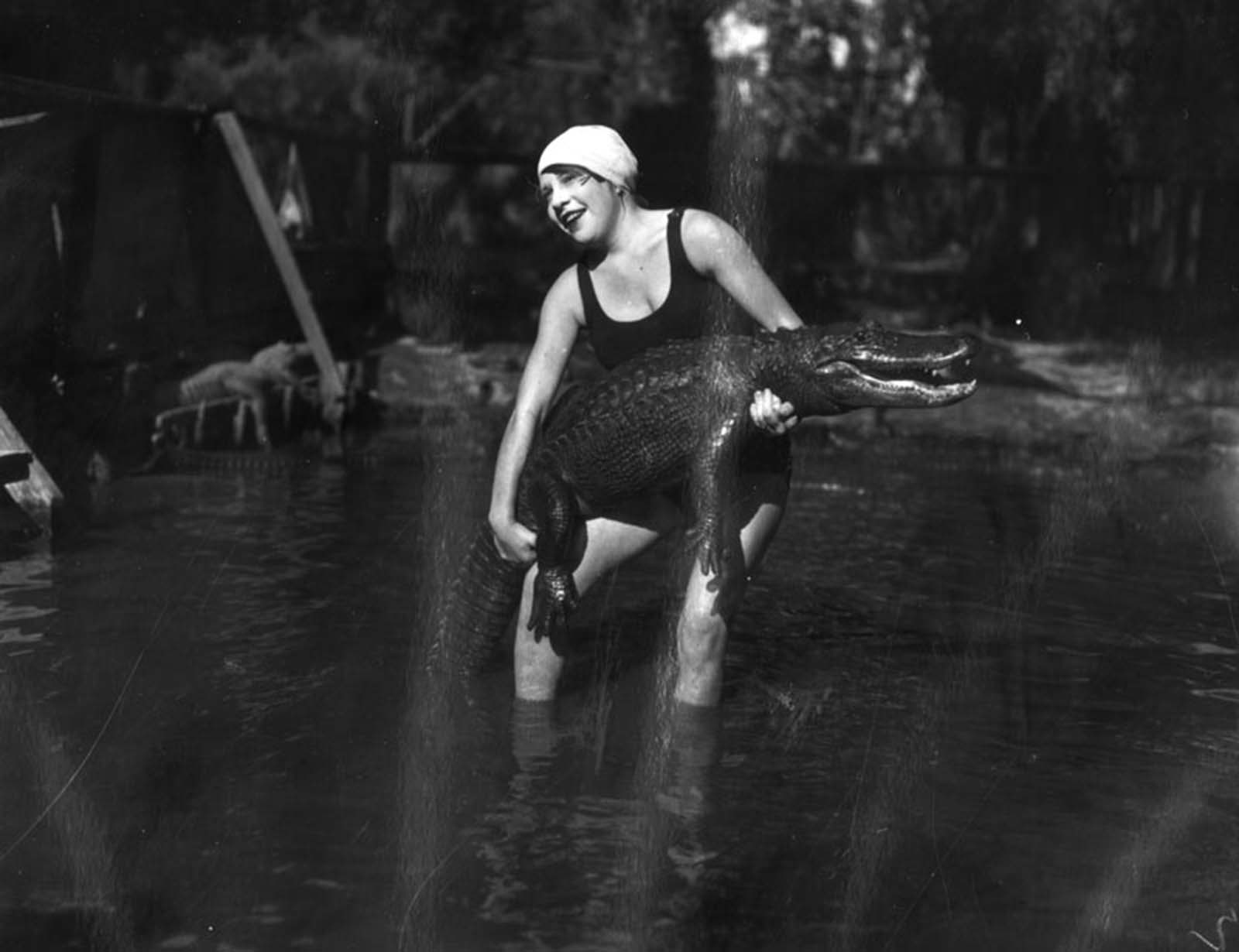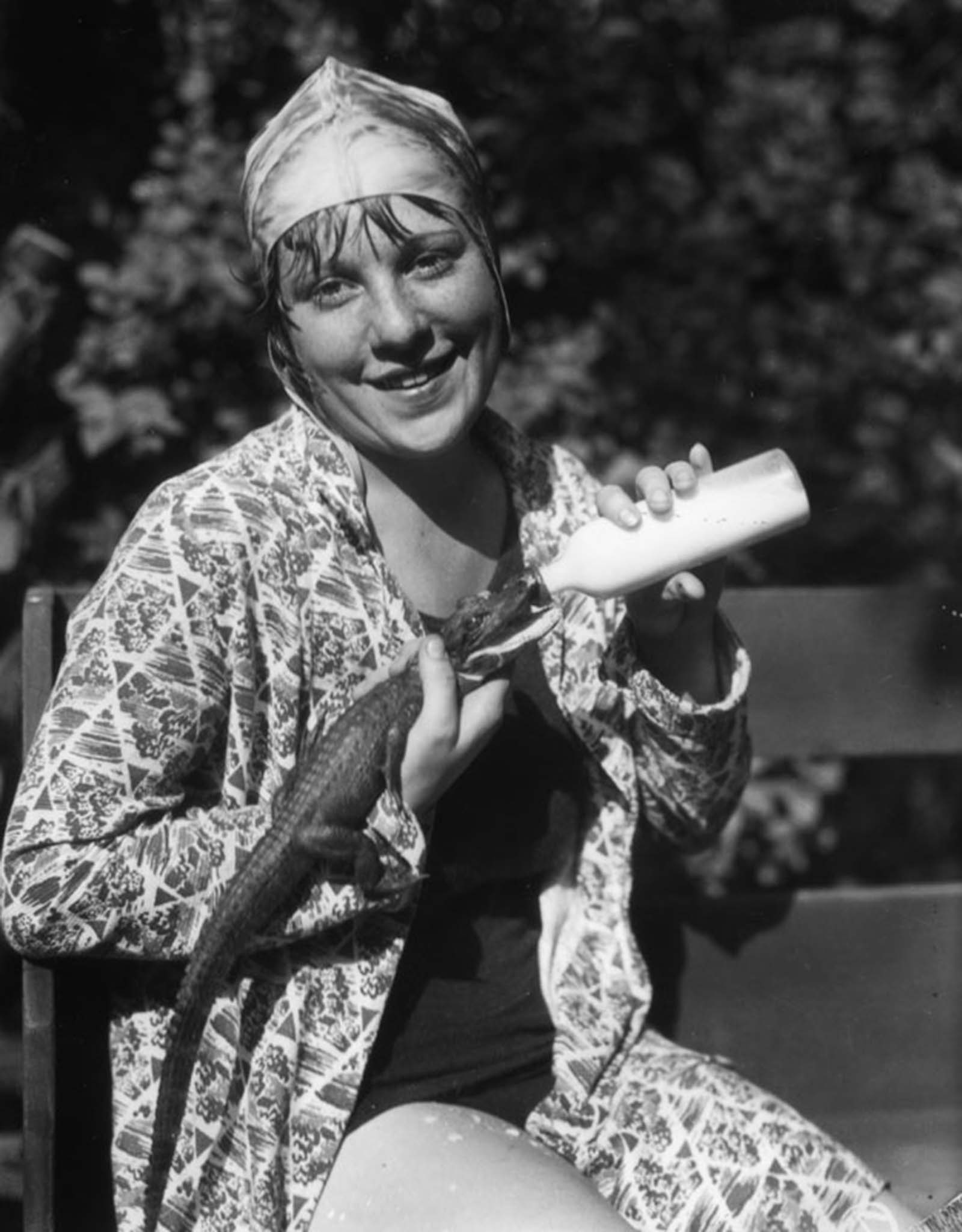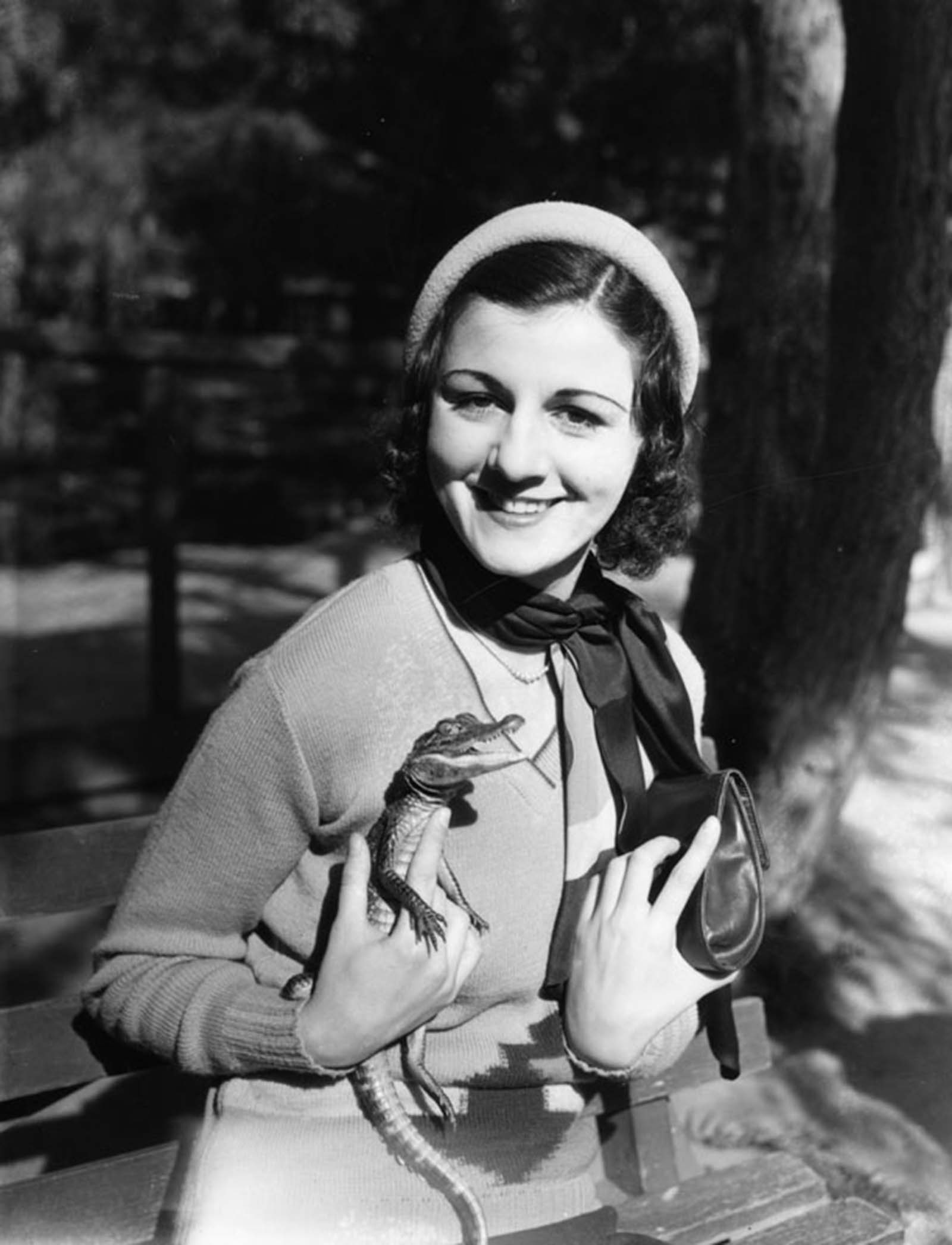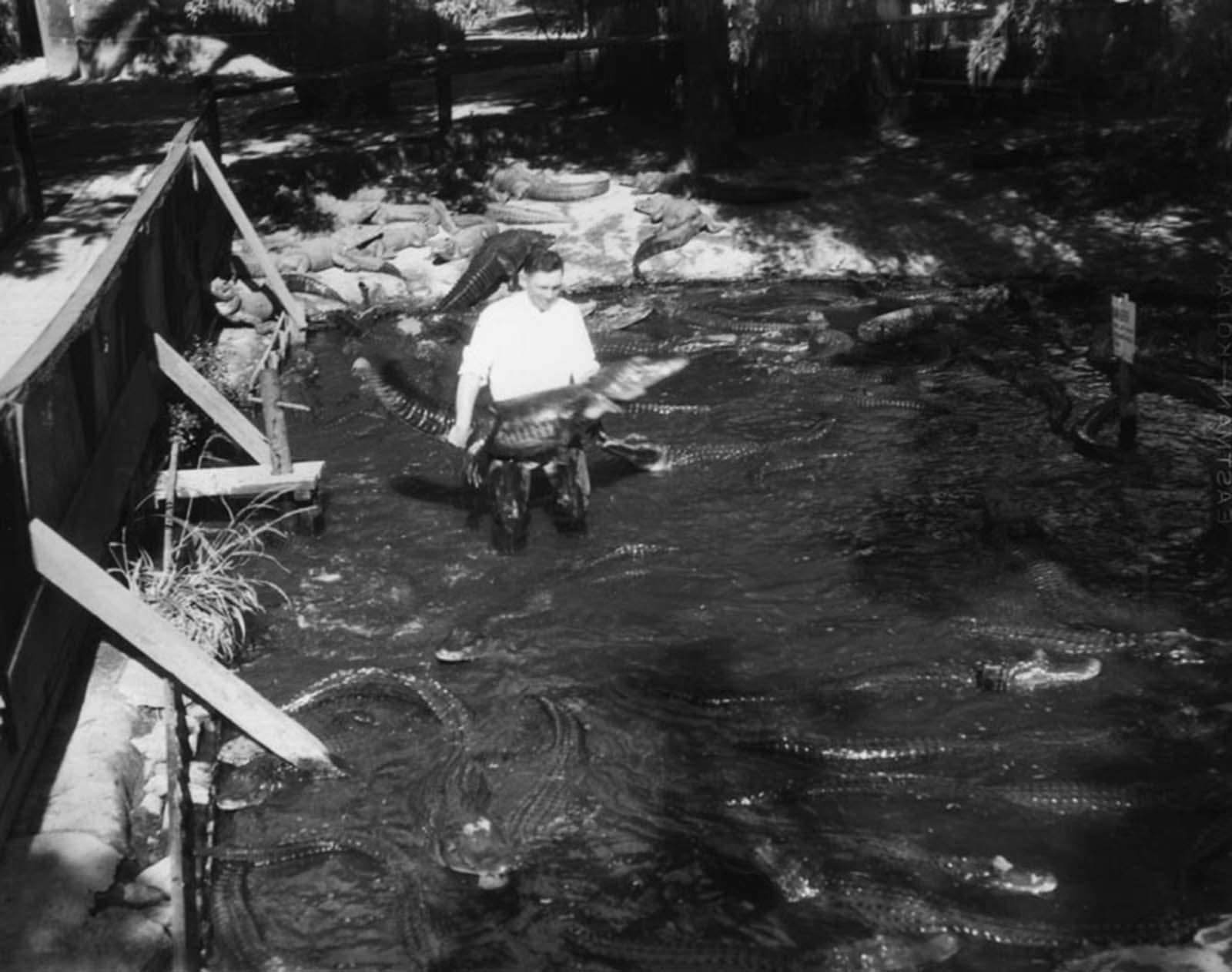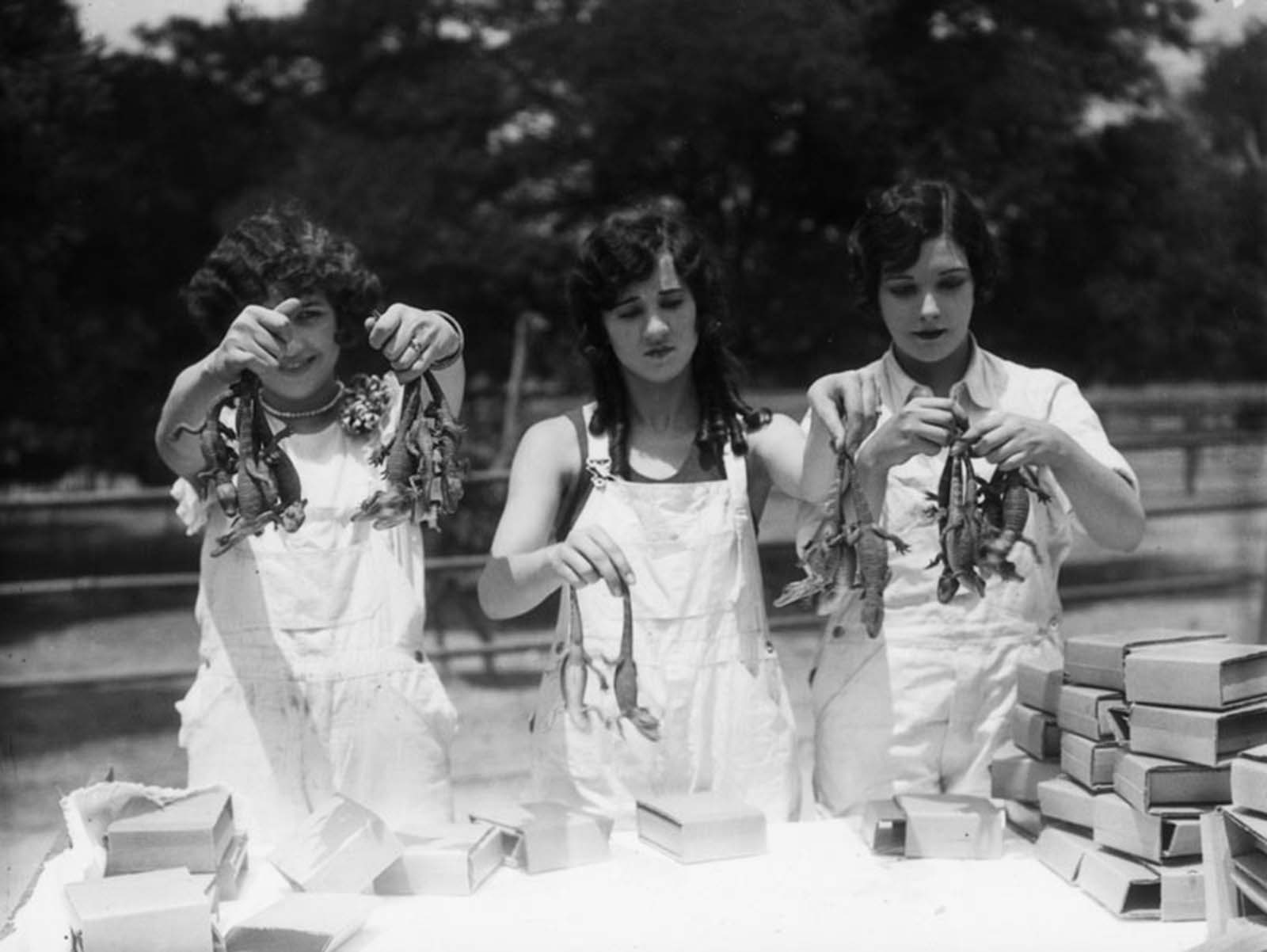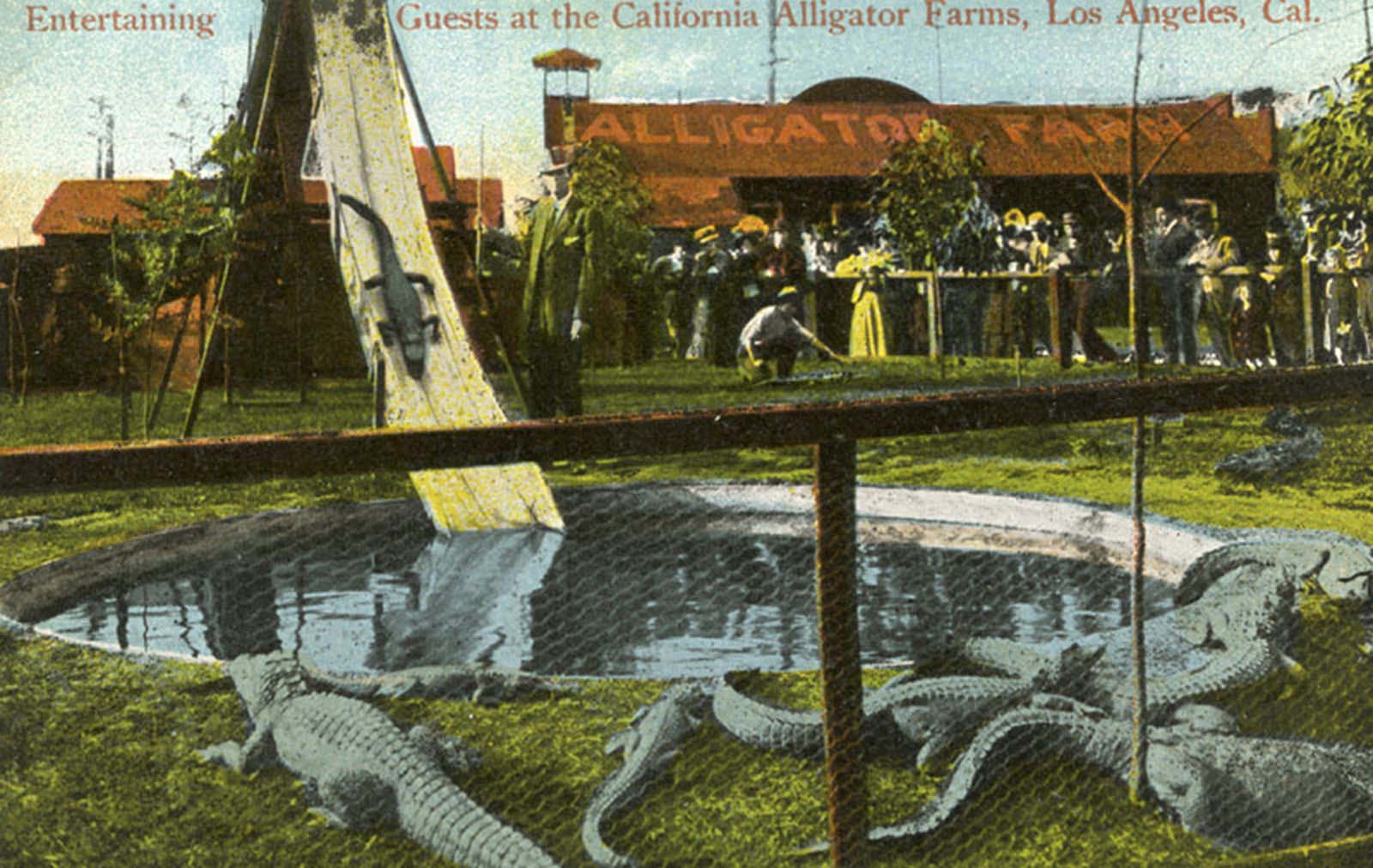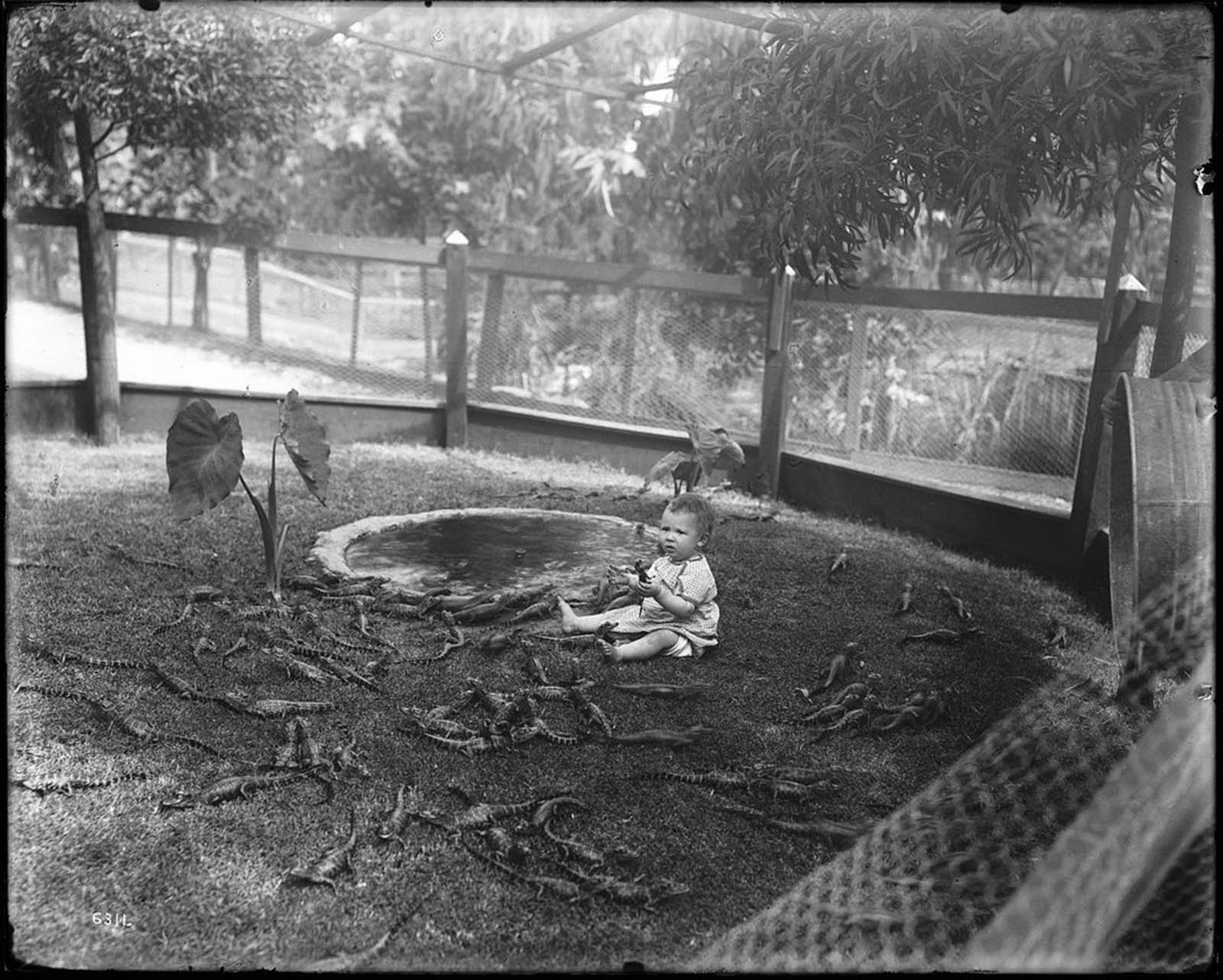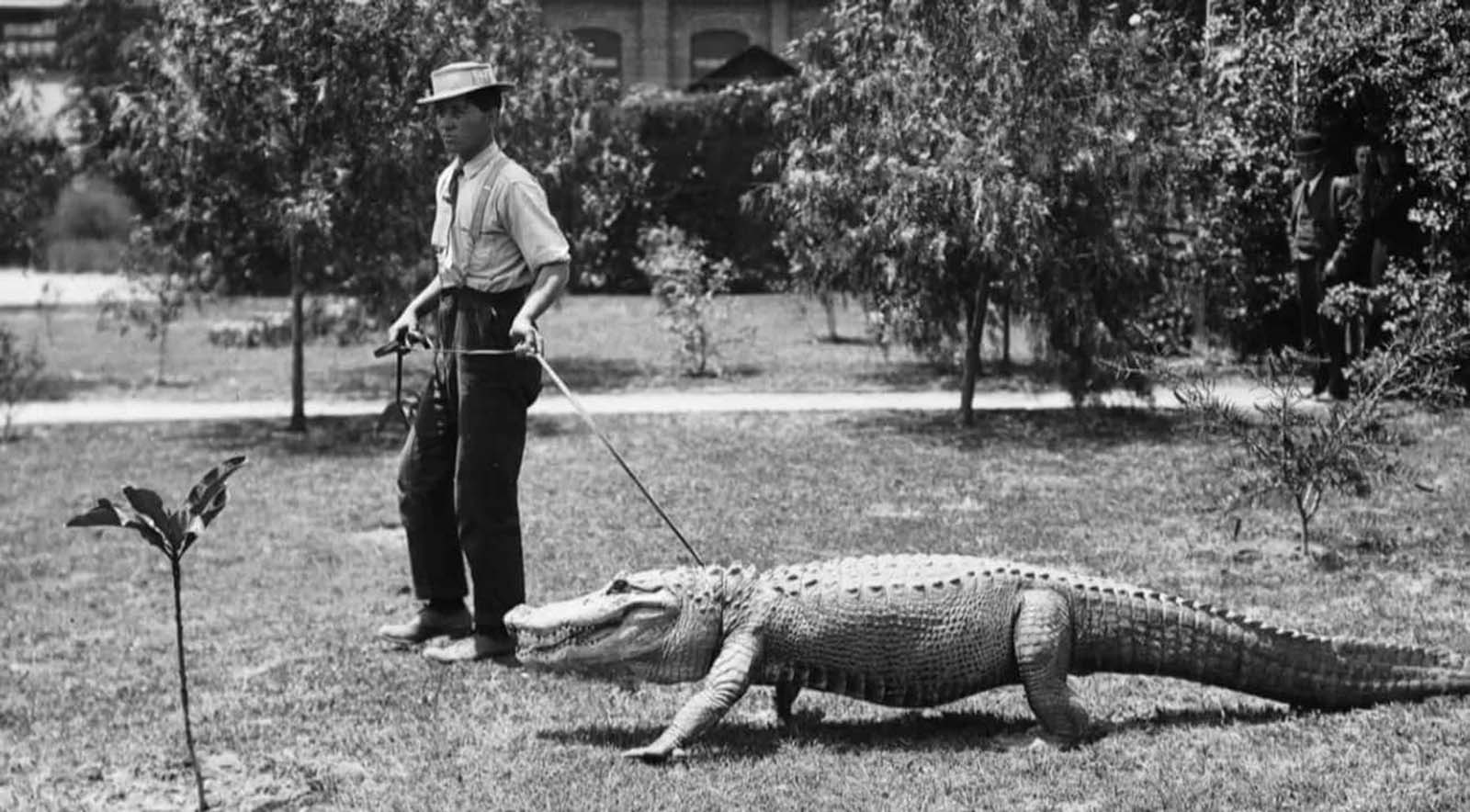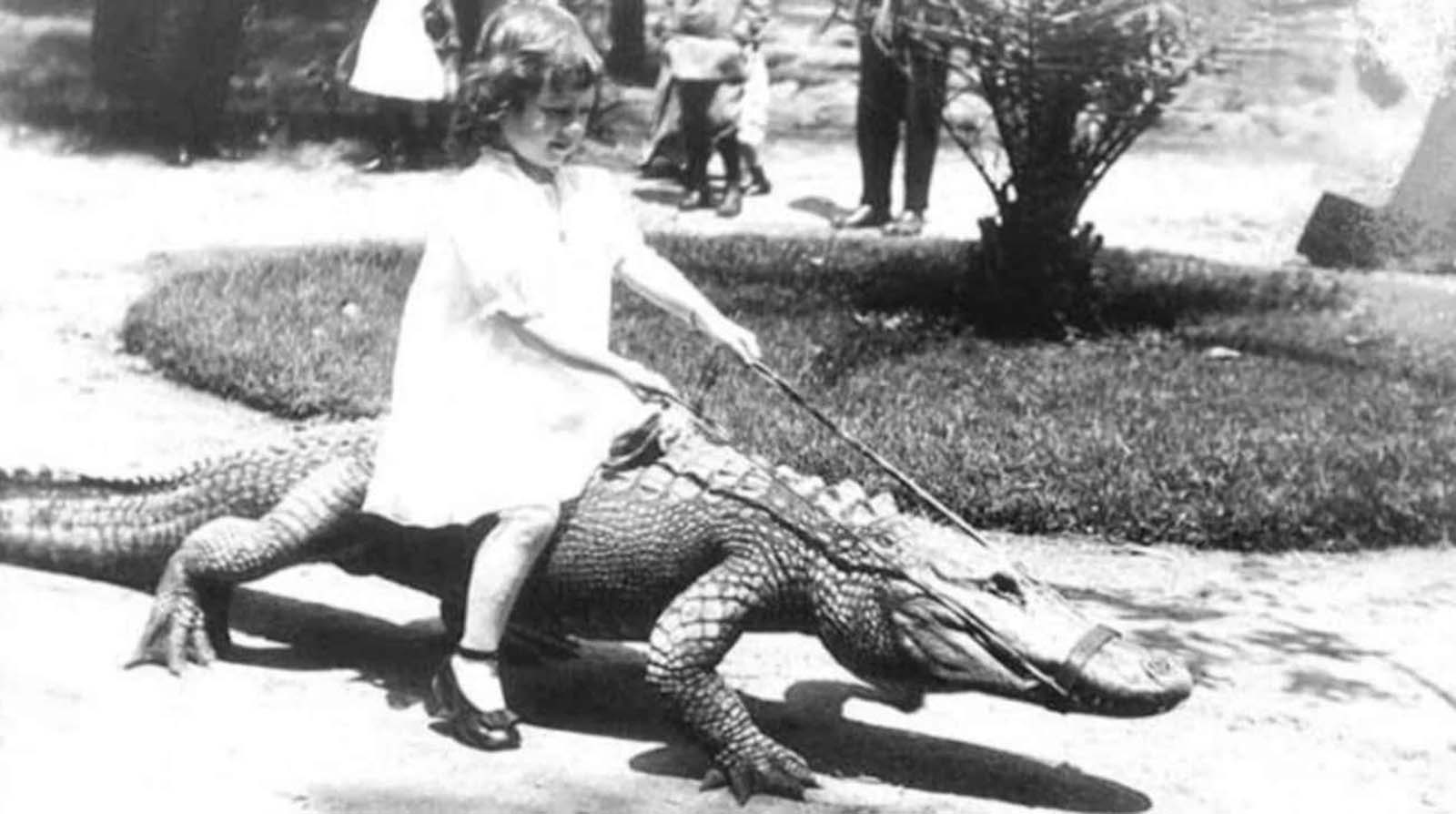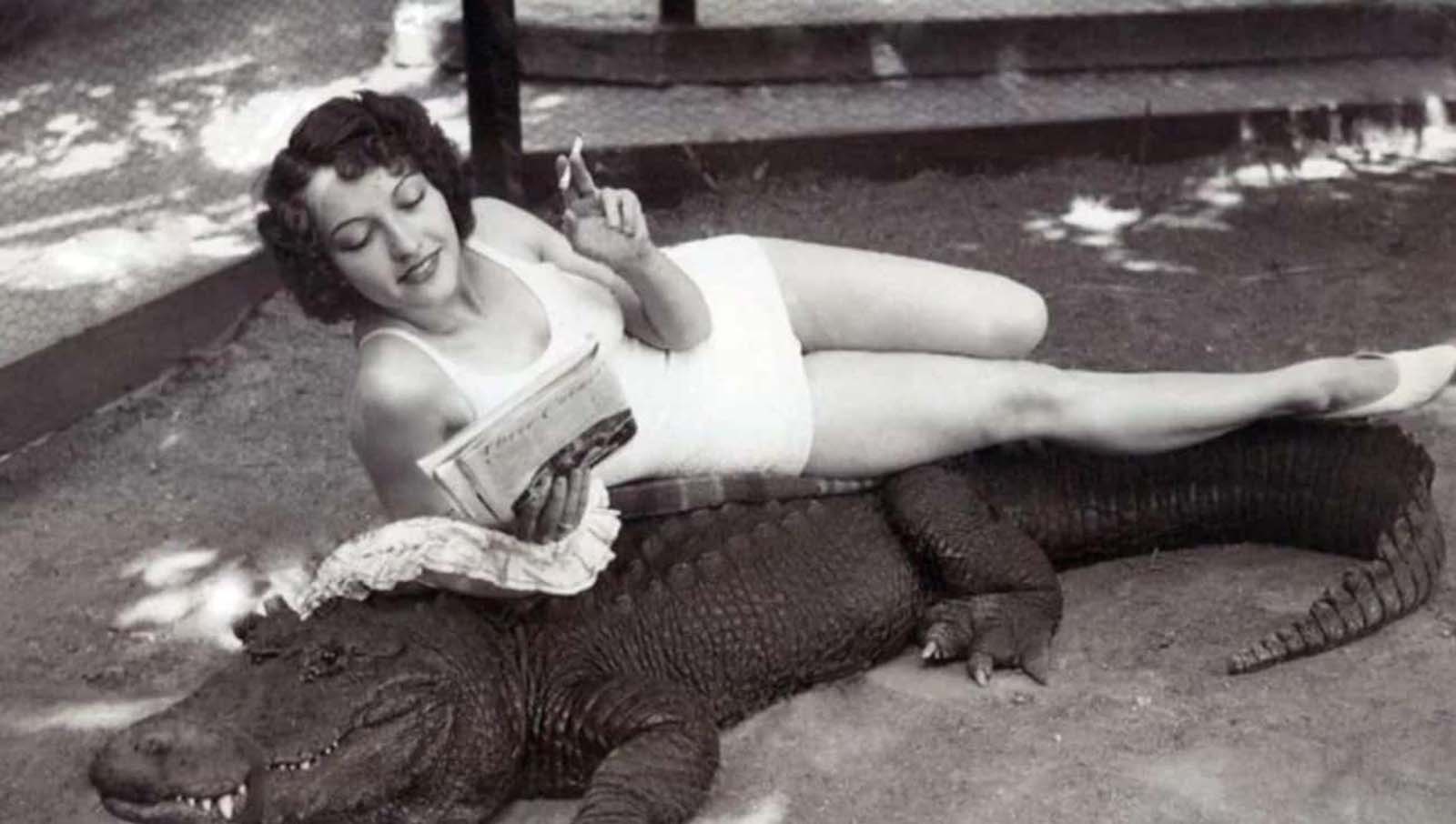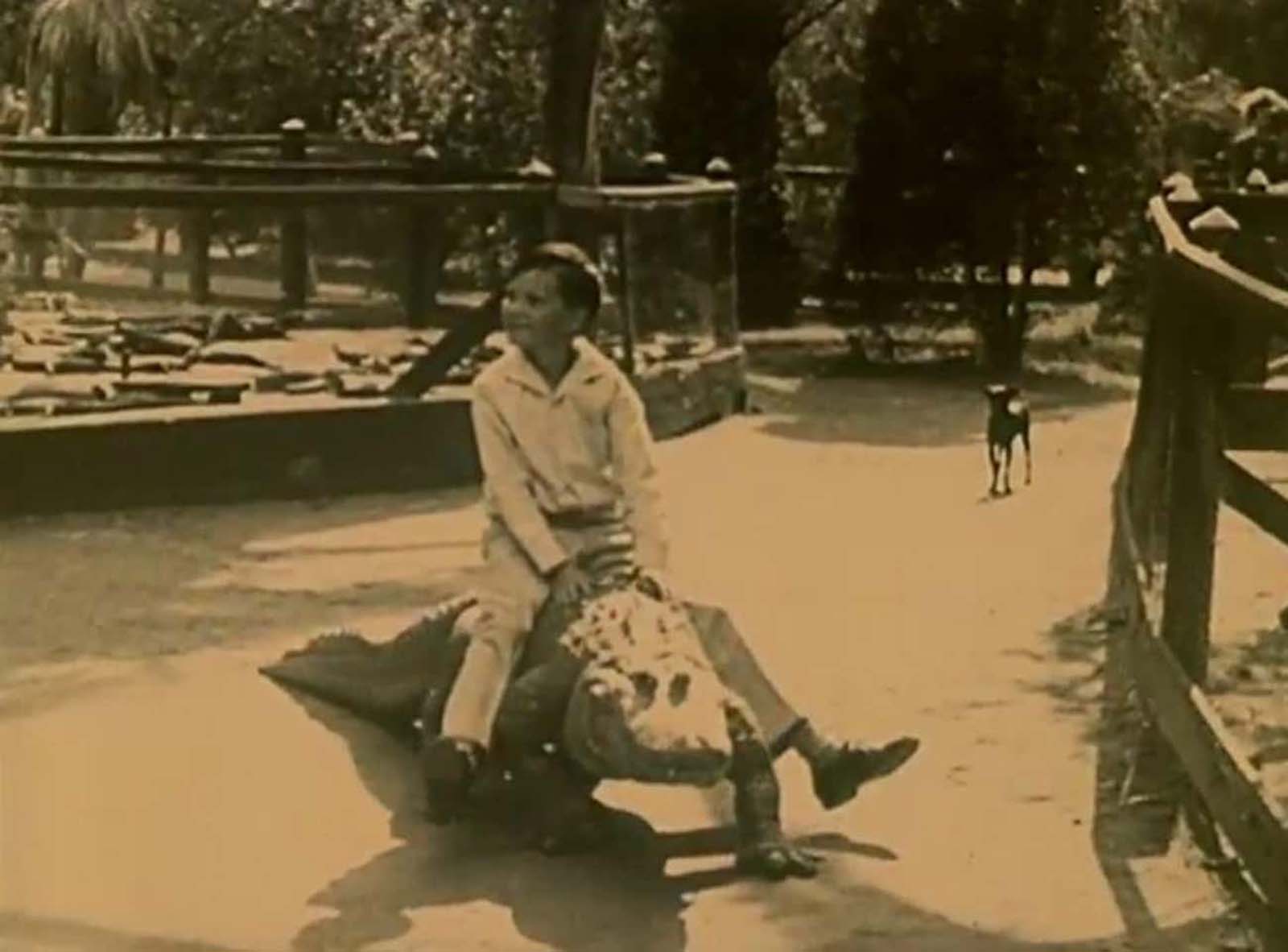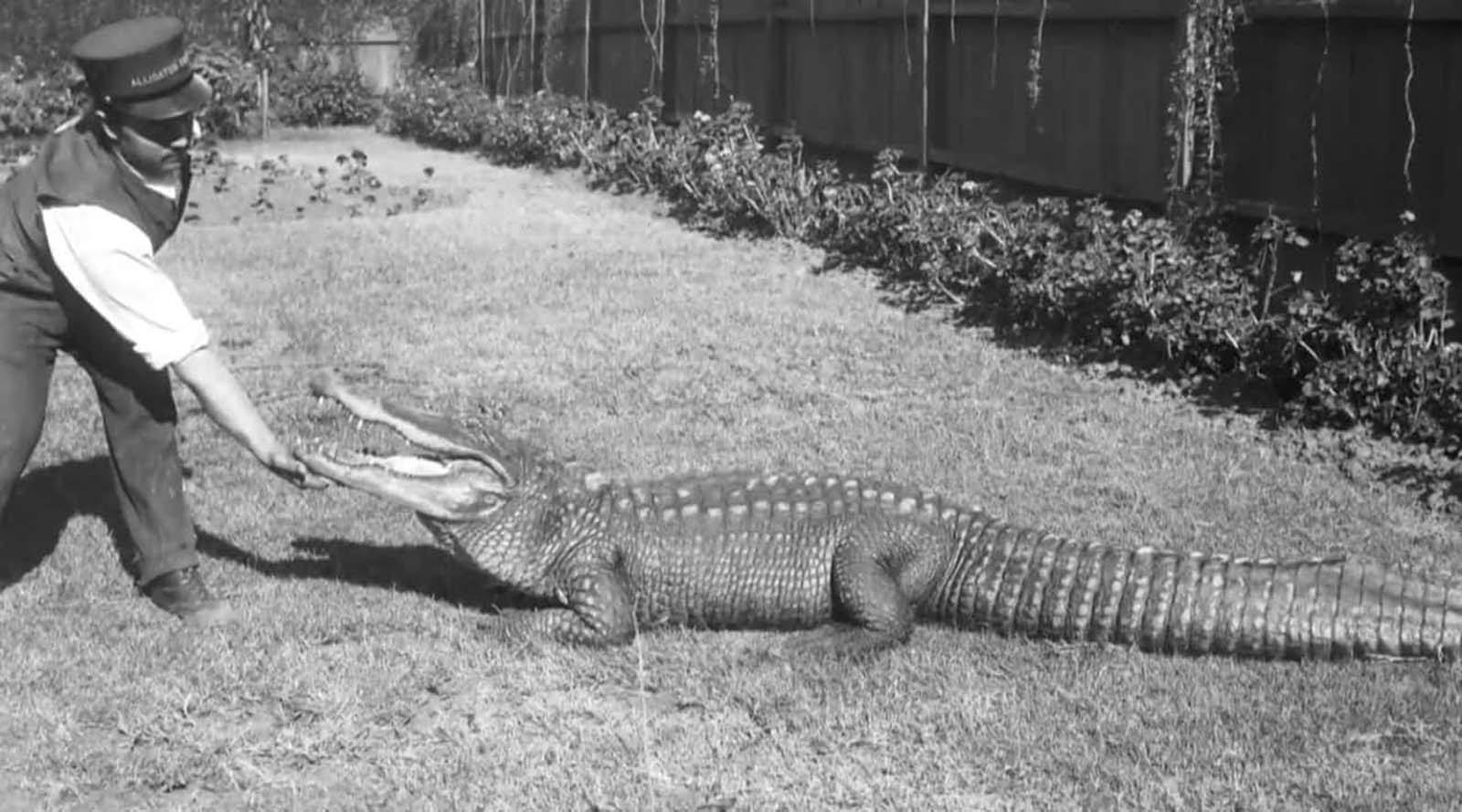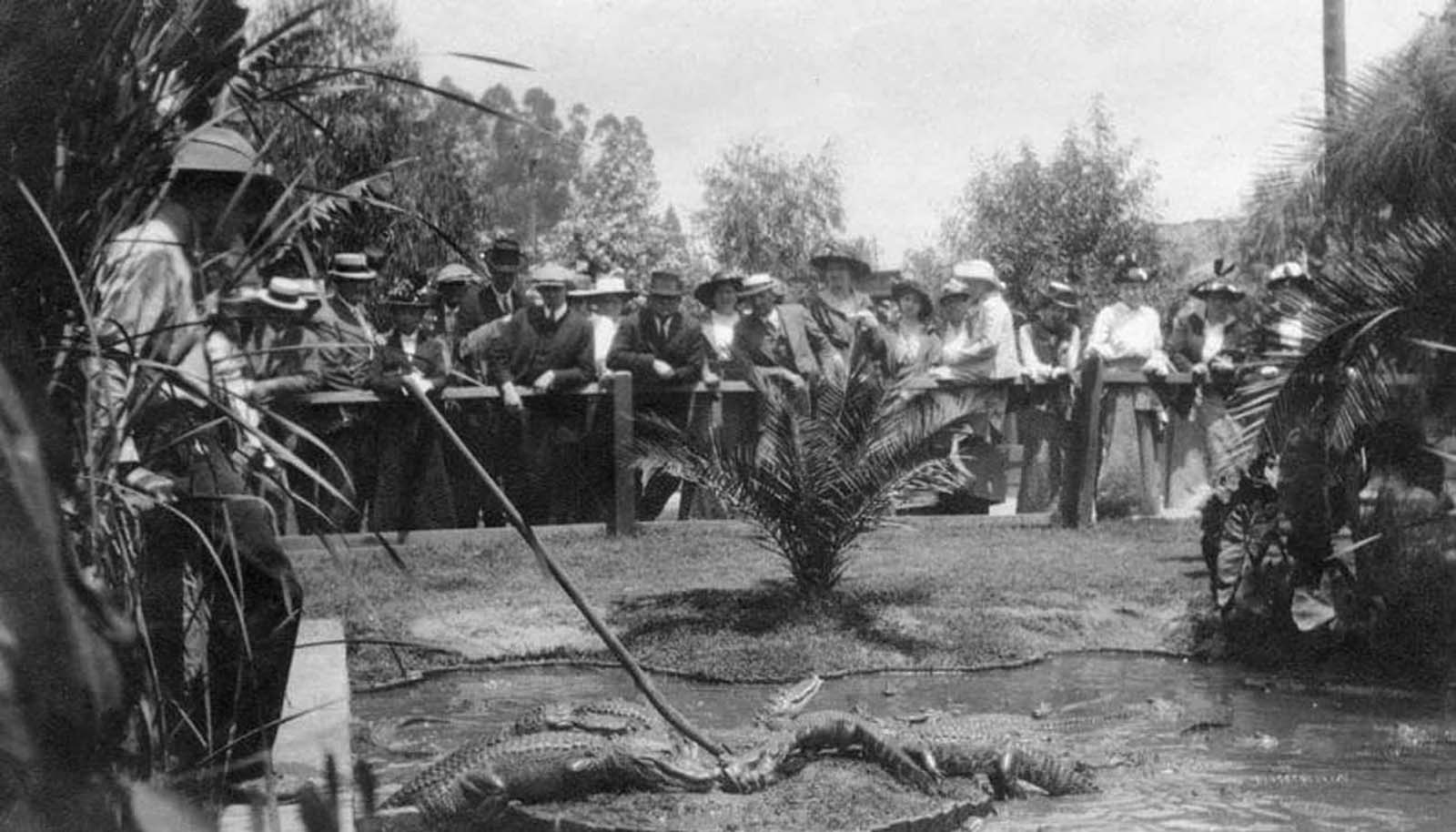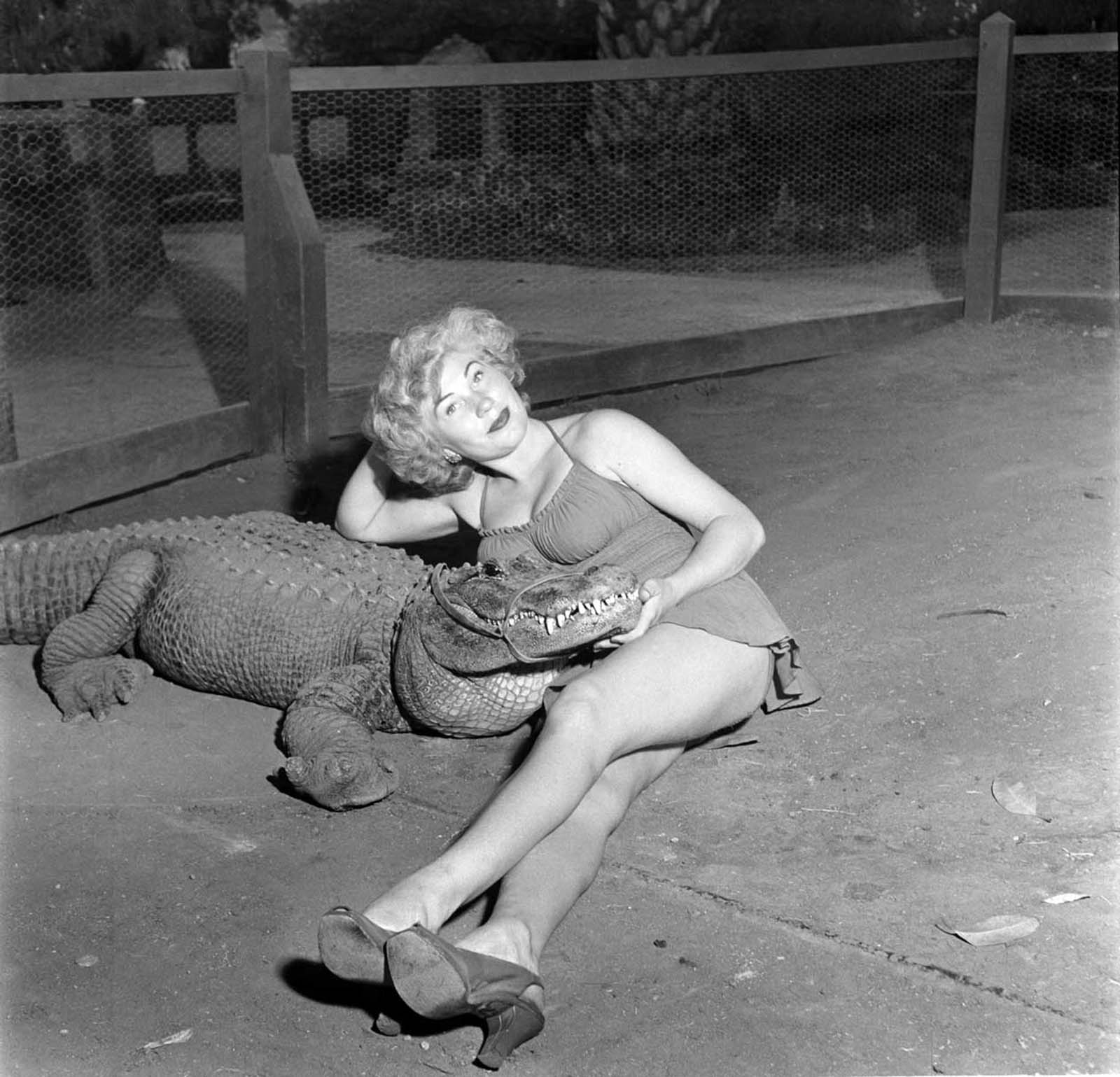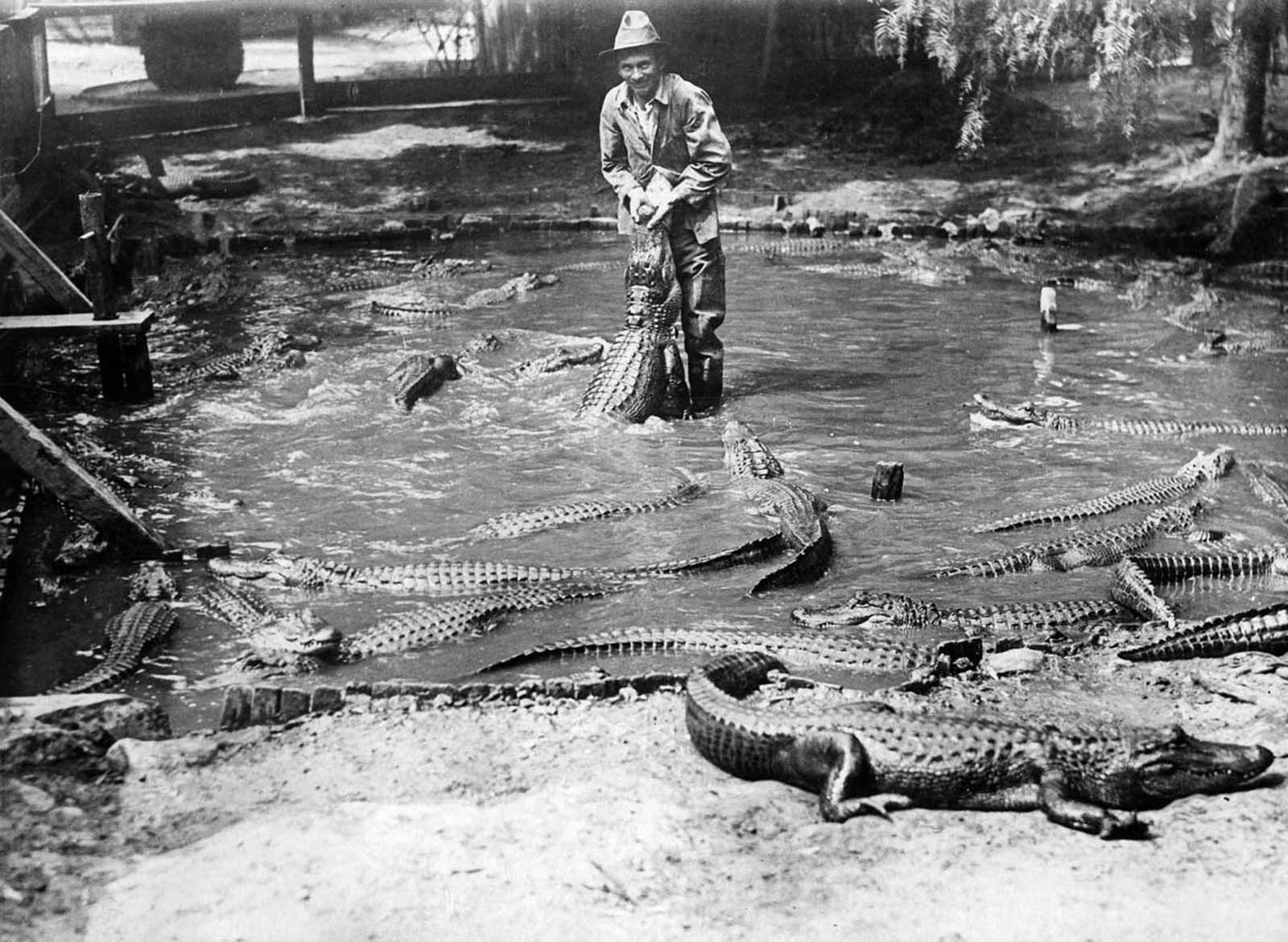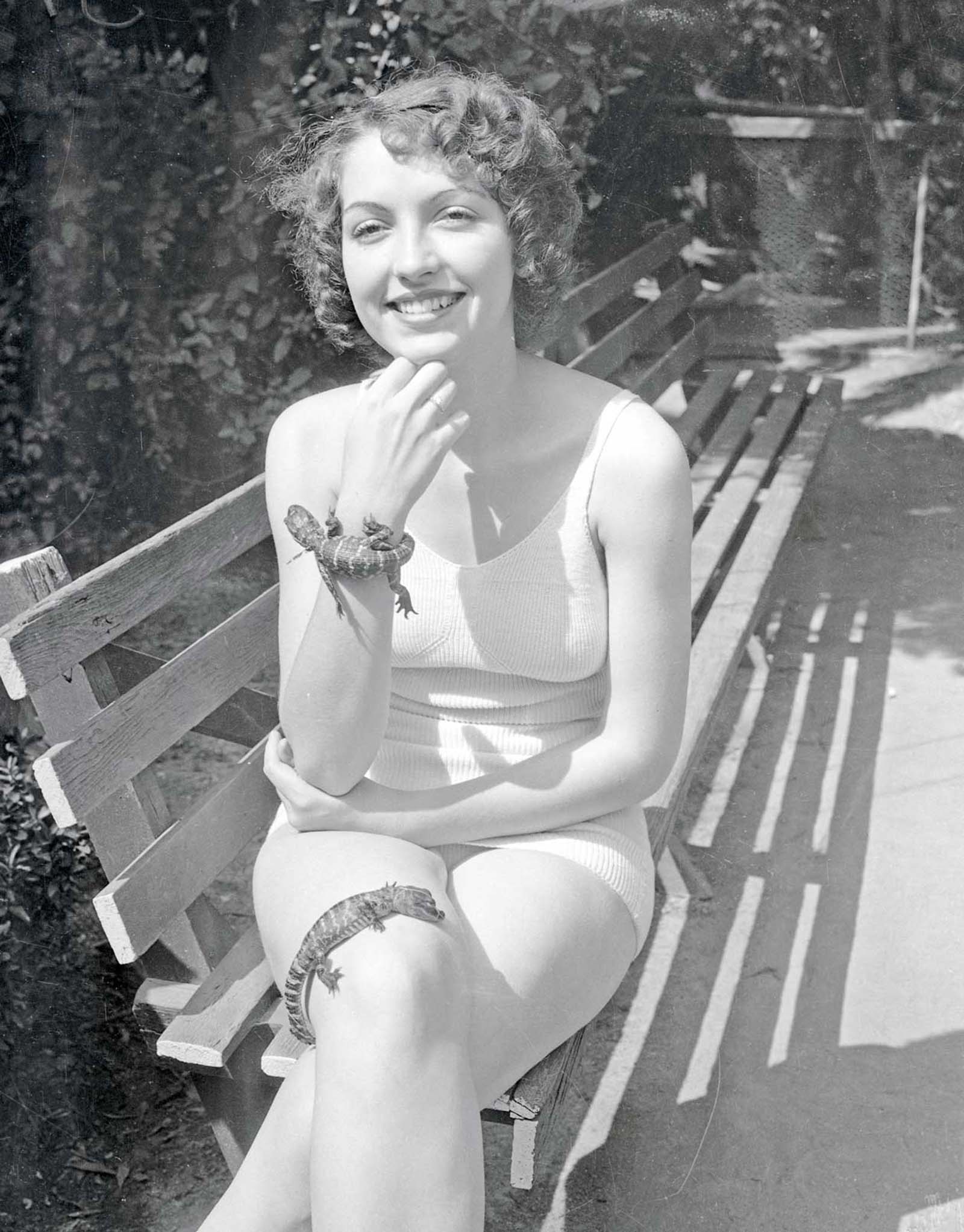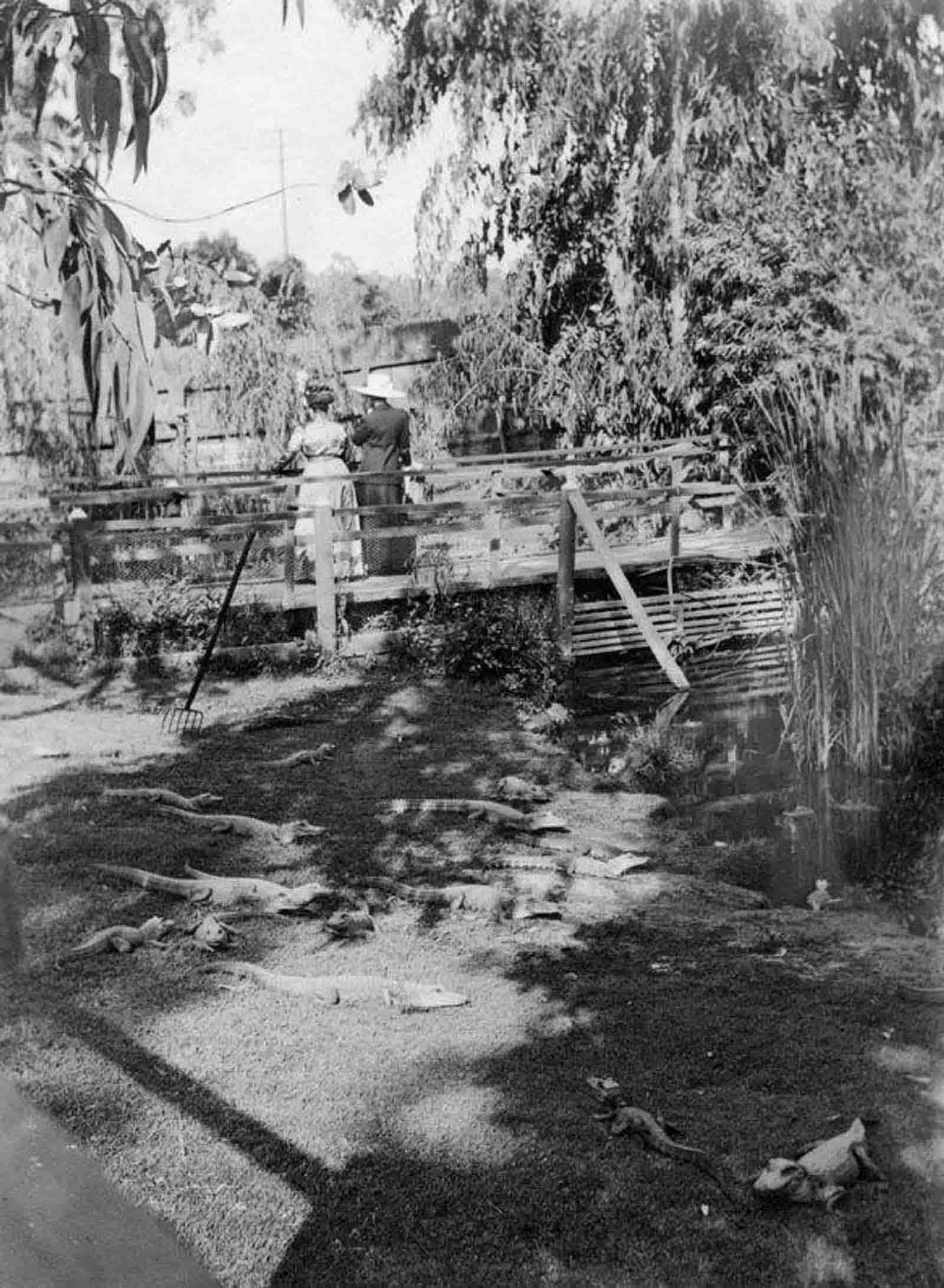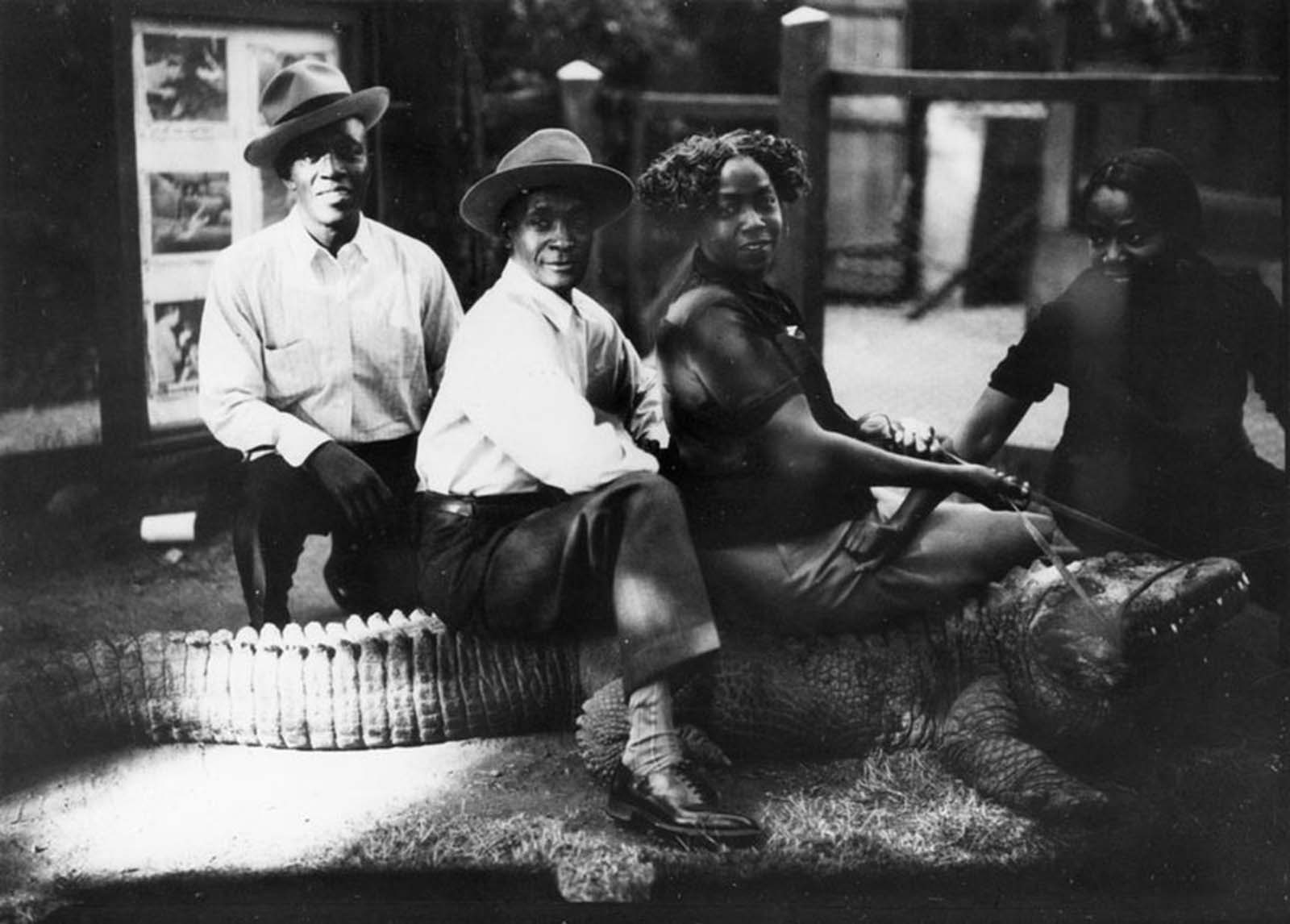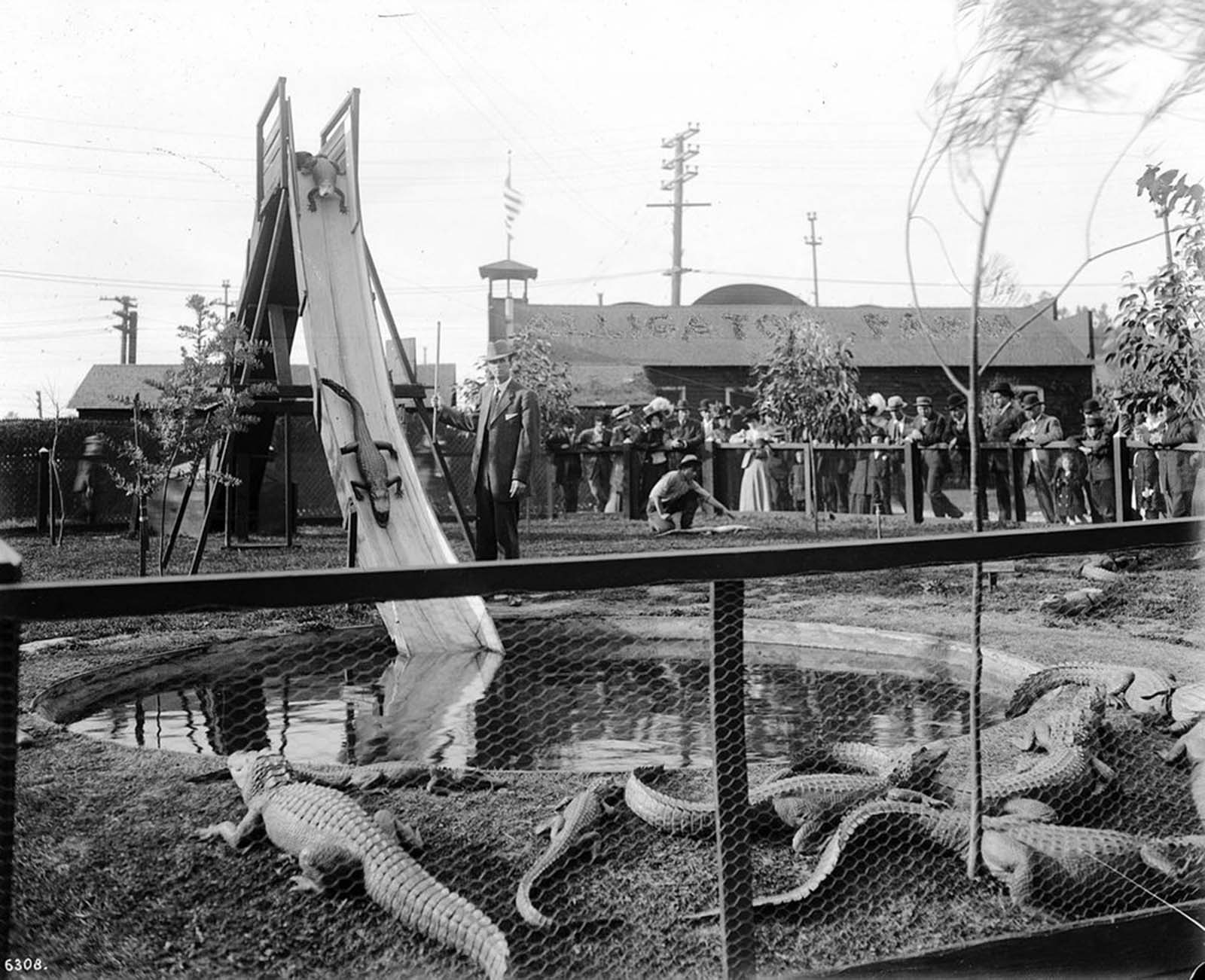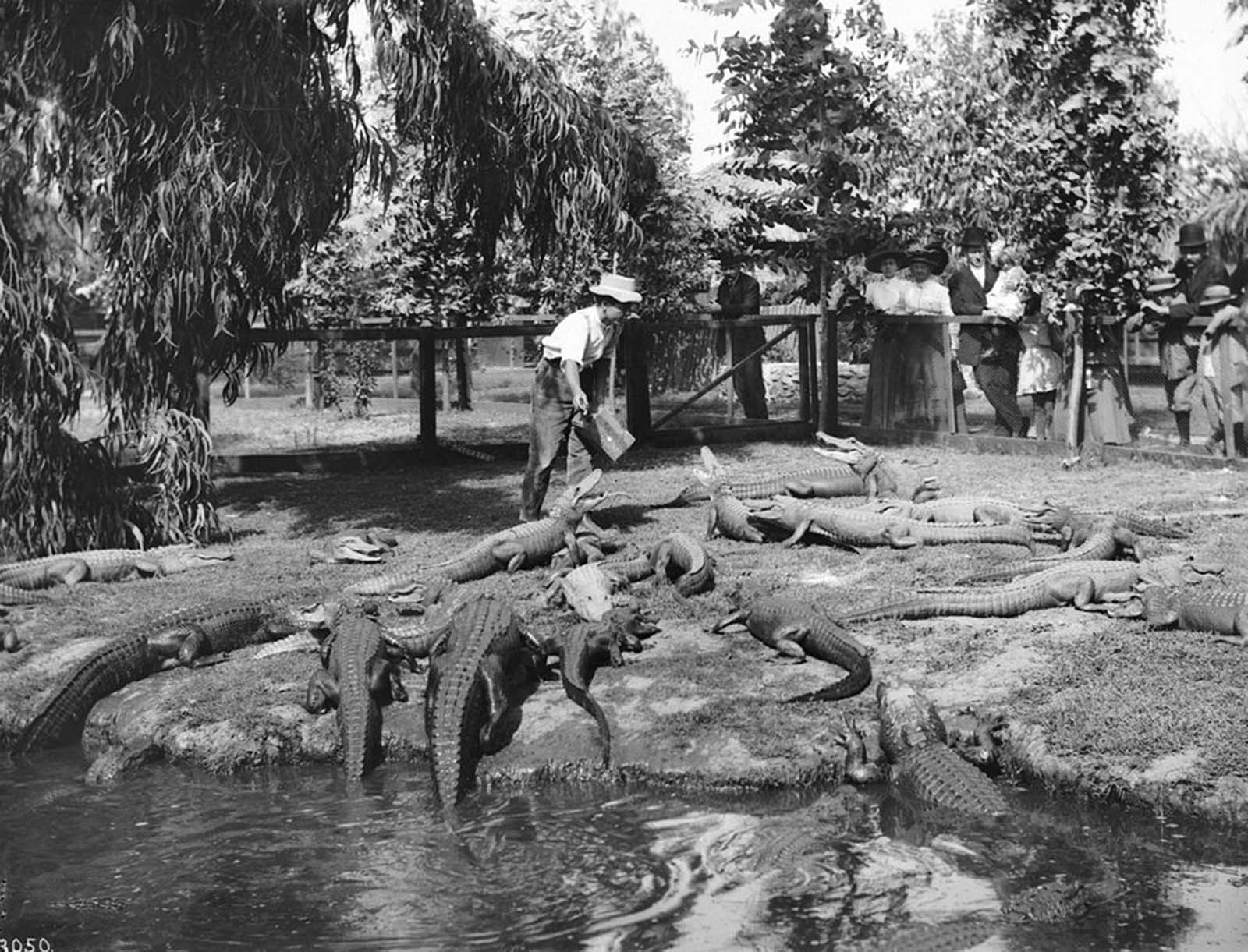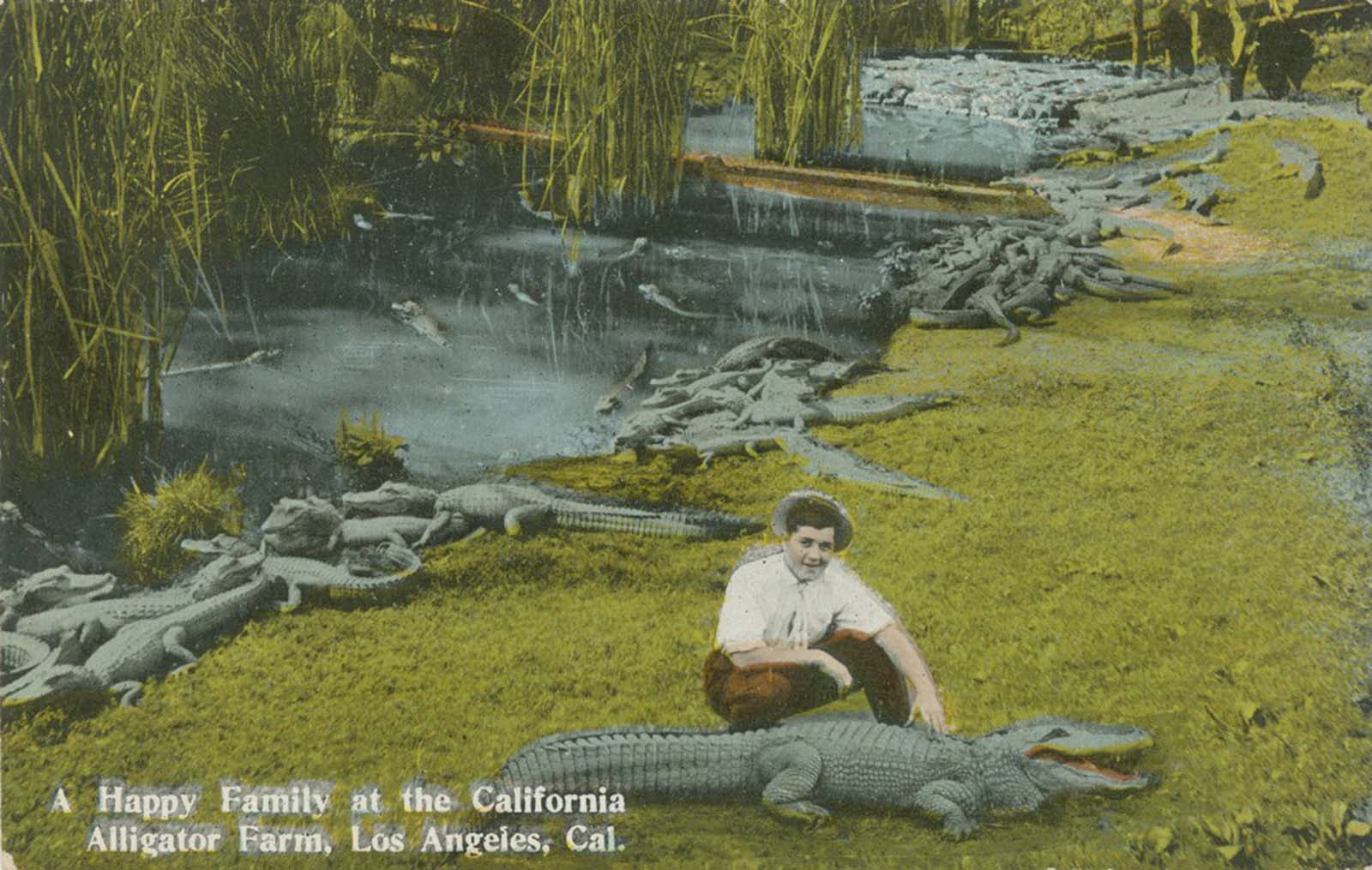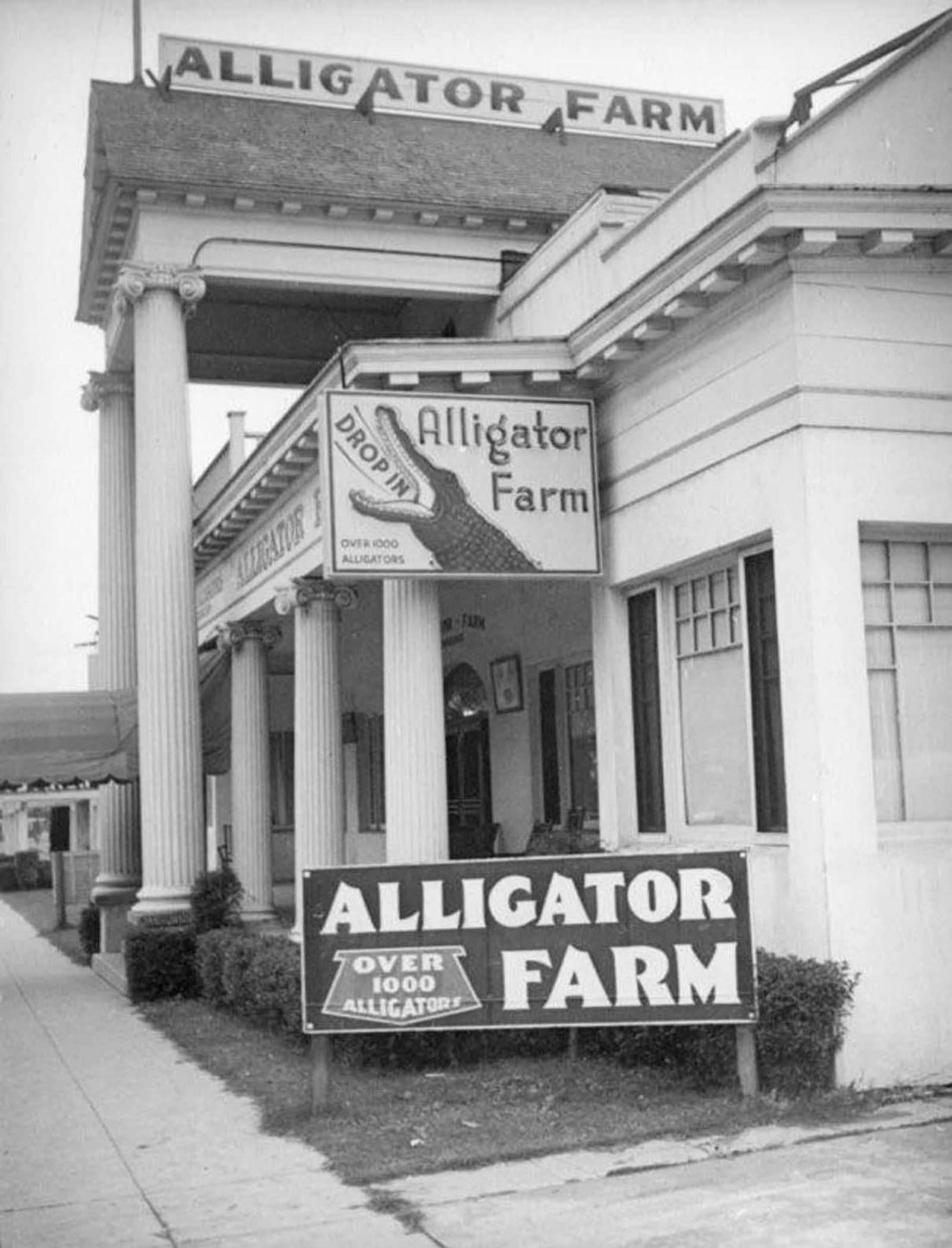In 1907, alligator farmers Joseph Campbell and Francis Victor Earnest Sr. relocated their alligator farm from Hot Springs, Arkansas, to Los Angeles, adjacent to the Selig Zoo. The farm rented reptiles to the adjacent Motion Picture Studio. In May 1953, the farm moved to Buena Park in Orange County and operated as California Alligator Farm until 1984, when its lease was not renewed.
There were more than 100 displays of snakes and lizards from around the world in four buildings on the farm. The farm also contained snapping turtles, giant tortoises, and more than 1,000 reptile specimens, making it the most extensive reptile collection globally. Initially, visitors could purchase alligator handbags in the gift shop, watch a trained gator slide down a 16-foot chute, or take pictures of their children riding atop the animals for just 25 cents. Twenty ponds were used to separate the alligators based on size. Their sizes ranged from just a few inches to thirteen feet.
Even though signs warned visitors not to spit on them, punch them, or throw stones at them, adults and children frequently touched the reptiles. Young children can be seen playing with baby gators or watching them very close distance. The park even offered alligator rides, where children sat in a saddle and rode the gators around the pond in a specially made saddle. The keepers lured the alligators up a set of stairs before they cruised down a 16-foot slide into a pool of water. The zoo moved to Buena Park in the 1950s, but its novelty had worn off. After attendance dropped below 50,000 people annually (and the lease was not renewed), the attraction was closed in 1984. A private estate in Florida bought the alligators.
These historical photos show people interacting with the alligators in various ways.


